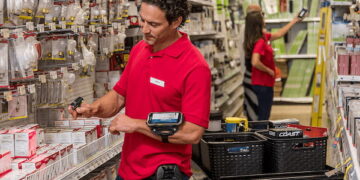Crédito: fuente
SpaceX appears to be targeting two separate Falcon 9 launches less than eleven hours apart after a pad sensor scrubbed the company’s latest Starlink-12 launch attempt.
SpaceX’s 12th operational Starlink launch and 13th overall, the mission is now up to its fourth aborted launch attempt after a weather delay on September 17th, an unspecified delay on September 27th, a weather delay on September 29th, and a ground systems delay on October 1st. Starlink-12 is now scheduled to lift off from Kennedy Space Center Launch Complex 39A (KSC Pad 39A) no earlier than (NET) 8:34 am EDT (12:34 UTC) on Saturday, October 3rd.
Up first, though, is SpaceX’s third upgraded GPS III satellite launch (Space Vehicle 04) for the US military – effectively ready to go since a few days after the Falcon 9 rocket’s September 25th static fire. Delayed from September 29th and 30th by United Launch Alliance’s (ULA) own Delta IV Heavy NROL-44 launch delays, SpaceX has confirmed that Falcon 9 is scheduled to launch GPS III SV04 NET 9:43 pm EDT (1:43 UTC) on Friday, October 2nd.
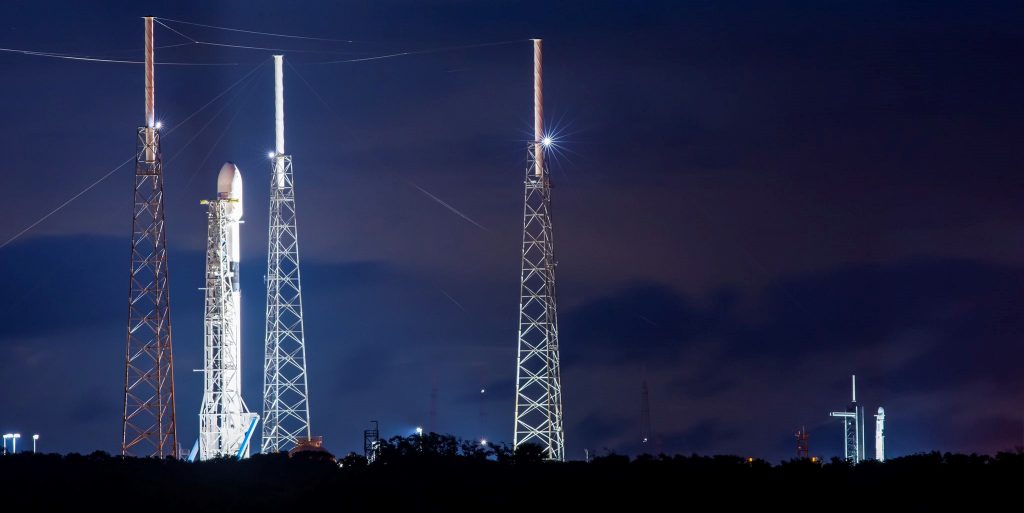
The only reason SpaceX is able to even consider attempting both East Coast Falcon 9 launches hours apart is the activation of a second drone ship (formerly based in California) earlier this year. Known as Just Read The Instructions (JRTI), the drone ship was upgraded with expanded power output and stronger thrusters and joined Of Course I Still Love You (OCISLY) in Port Canaveral, Florida. JRTI completed its first East Coast Falcon booster landing in June 2020 and both ships have more or less split recovery attempts in the months since.
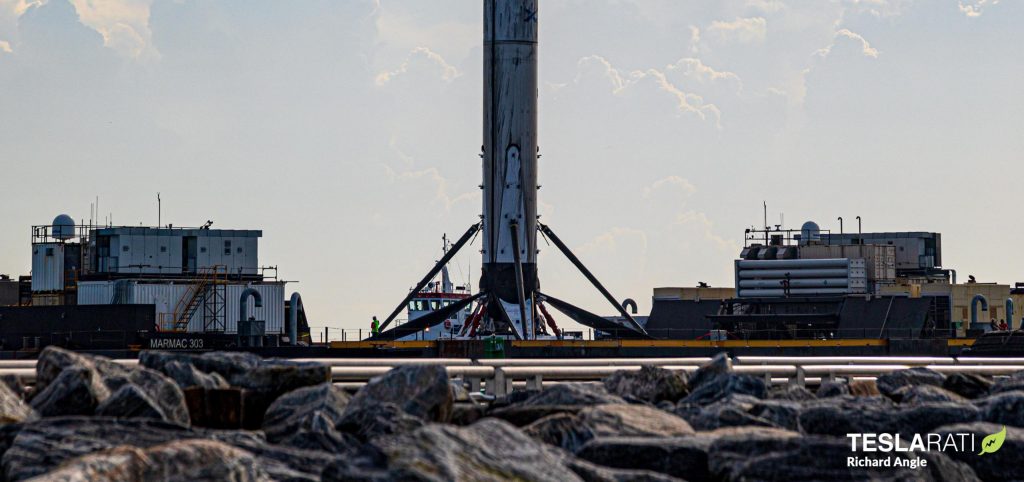
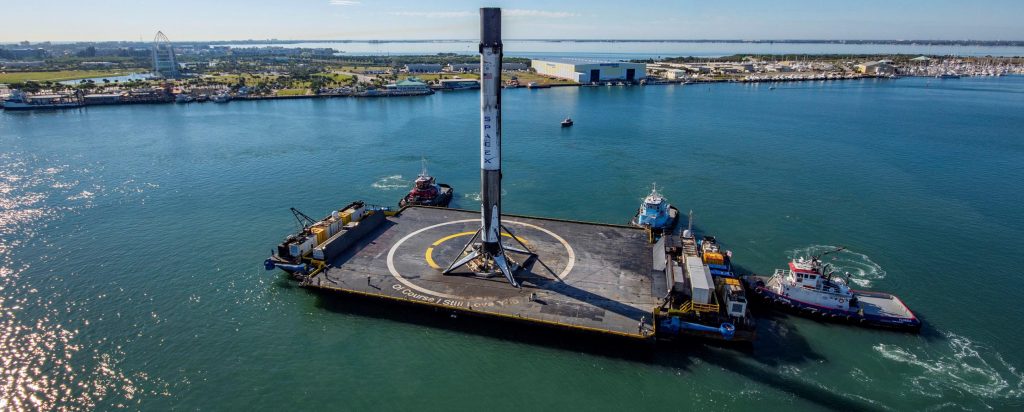
While SpaceX could technically launch East Coast missions almost simultaneously by landing one booster at sea and the other on land, the performance required from Falcon 9 for GPS III SV04 and Starlink-12 necessitates drone ship landings for both missions. Coincidentally, the missions’ launch trajectories are extremely similar, meaning that drone ship JRTI (GPS III SV04) and OCISLY (Starlink-12) are stationed just ~50 km (~30 mi) apart in the Atlantic Ocean.
Twin recovery ships GO Ms. Tree and GO Ms. Chief – outfitted with giant nets – will also be present at at least one of the two missions, each attempting to catch one of Falcon 9’s payload fairing halves.
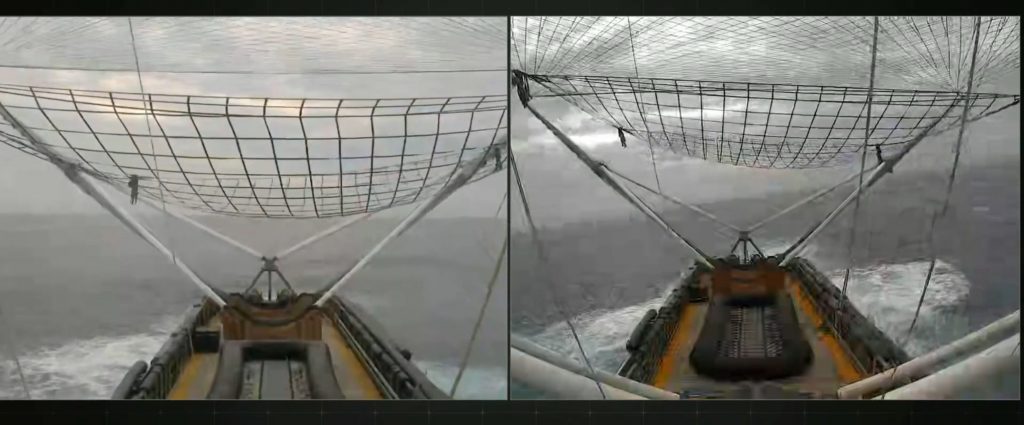
If both missions launch on schedule and Falcon 9 boosters B1062 (GPS III SV04) and B1058 successful land aboard their respective drone ships, SpaceX could end up with two drone ships – both carrying Falcon boosters – returning to Port Canaveral at almost the same time, possibly creating the first Falcon booster traffic jam.
Weather is currently 70% and 60% go for SpaceX’s GPS III SV04 and Starlink-12 launches. Tune in around 9:25 pm EDT (01:25 UTC) to catch the first of two SpaceX launch webcasts.
Check out Teslarati’s newsletters for prompt updates, on-the-ground perspectives, and unique glimpses of SpaceX’s rocket launch and recovery processes.




